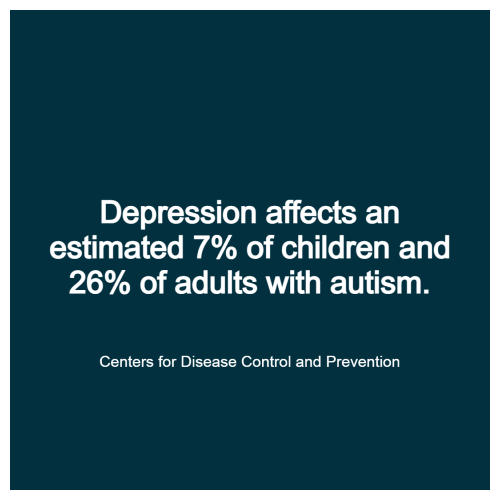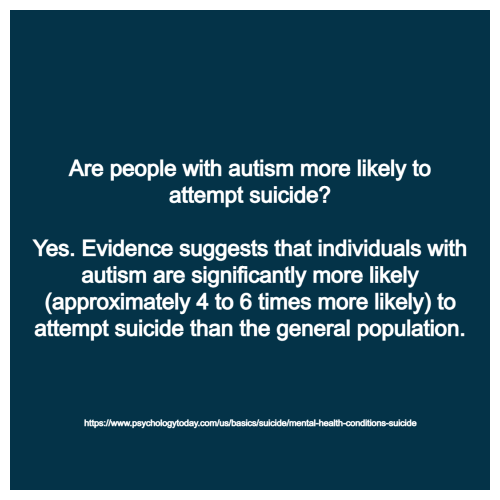
APRIL autism awareness month
Since 2000 the CDC has reported a 241% increase in the prevalence of Autism. ASD has been increasing from 1 in of 169 children in 2008... to 1 in every 36 U.S. eight-year-olds today. It's critical to distinguish funding for research and diagnostics is not funding services and supports that help relieve suffering and improve outcomes. It's also important to note the difference between being eligible for services and getting them. Right now increasing numbers families have a diagnosis making them eligible for services, only to be placed on wait lists that can be years long.
DID YOU KNOW...
+ Depression affects an estimated 7% of children and 26% of adults with autism.
+ Attention Deficient Hyperactivity Disorder (ADHD) affects 30% to 61% of ASD kids.
+ More than half of children with autism have one or more chronic sleep problems.
+ Anxiety disorders affects 11% to 40% of children and teens on the autism spectrum.
NIMH » Autism Spectrum Disorder
New Autism Spectrum Disorder (ASD) reports | NCBDDD | CDC

AUTISM awareness & inclusion
During the booming pre-pandemic economy
90% of people with autism were unemployed or under-employed.
The biggest autism costs in the
DID YOU KNOW...
+ Over 50% of adults with Autism will continue to
live with their parents or family.
+ Nearly 2/3 of children with autism between the ages of 6
and 15 have been bullied
+ U
NIMH » Autism Spectrum Disorder (nih.gov)
CDC Report Autism in Teens & Adults

COMMUNITY connections
MOUNTAIN LIFEWORKS recognizes the distinctions between root causes and factors that trigger or contribute to them. By using verified data and building a coalition of proven and willing partners we balance commercial and philanthropic strategies. This innovative and balanced approach integrates public, private and non-profit solutions to expand qualified options, grow stronger economies and build more inclusive communities for everyone. We invite you to join our growing coalition and help increase local opportunities, reduce long-term costs and improve outcomes for our neighbors and their caregivers.
LEARN MORE
LET'S CONNECT
-> Contact Us